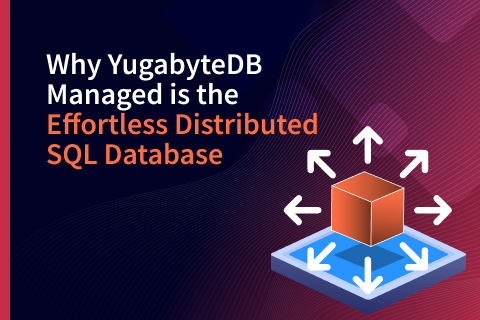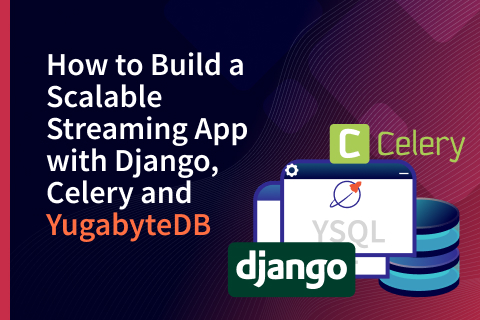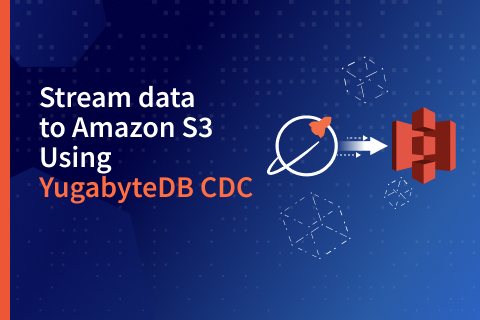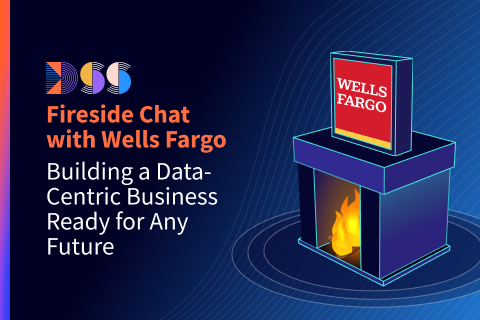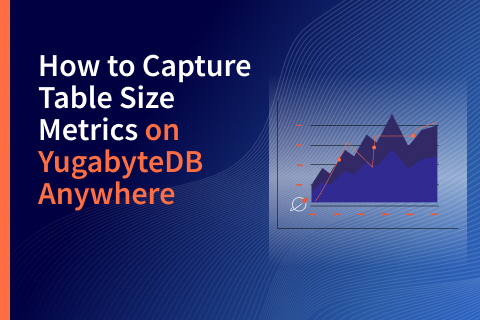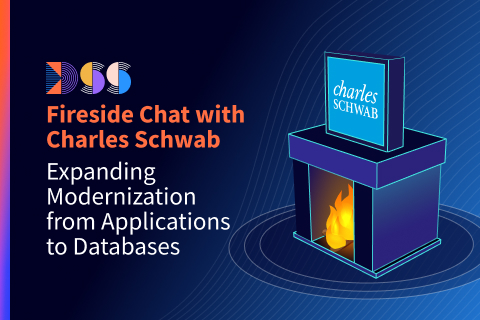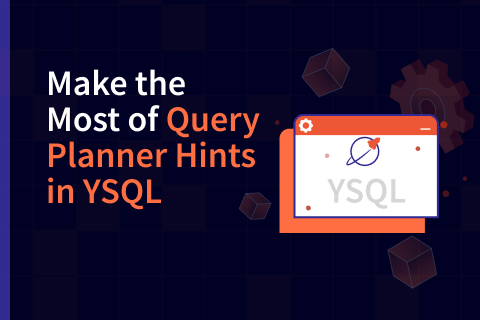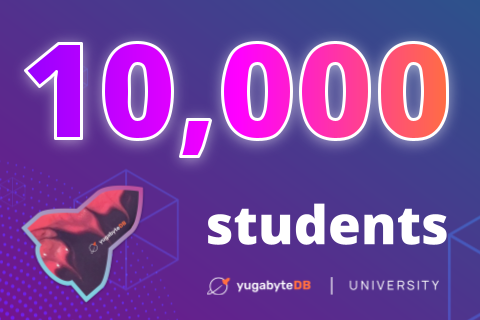Why YugabyteDB Managed is the Effortless Distributed SQL Database
YugabyteDB Managed is a fully managed offering of the YugabyteDB database. It delivers the power of distributed SQL with the ease of use of a database-as-a-service. It’s an effortless distributed SQL database. But what can it help you achieve? This blog walks through four reasons developers and enterprises alike will love YugabyteDB Managed.
